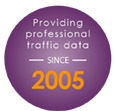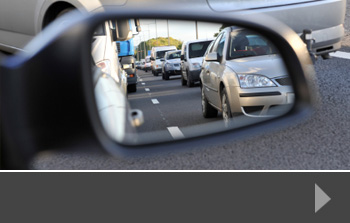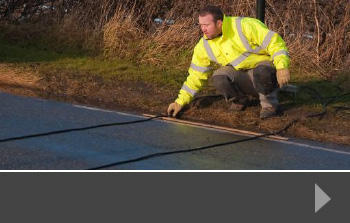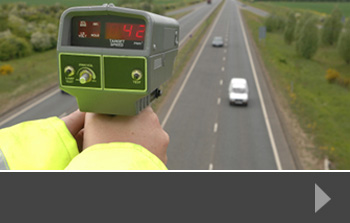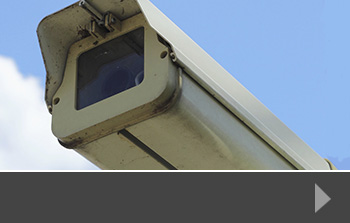Road improvements across the UK during lockdown
In May 2020, the Department for Transport announced a £1.7bn package to accelerate repairs and improvements to the UK’s road network. This was partly to take advantage of the reduced amount of traffic on the roads during the lockdown period, ensuring that roads were available and useful as traffic increases.
This money is targeted towards specific repairs, such as potholes – an estimated 11 million potholes around the country – and also for bridge repairs, improvements to junction safety and measures to help manage air pollution.
Infrastructure improvements
The UK isn’t the only country using this time to push ahead with road and transport improvements. In the USA, a range of projects have reached key milestones earlier than expected because it has been easier to get the work done with less traffic on the road.
And, with road networks being crucial to the economy, both national and local governments are keen to ensure that as lockdowns ease and businesses start to return to work, the road network can support freight, deliveries and people returning to work. This is particularly true in countries where people are being advised to stay away from public transport and use their cars instead.
In these instances, it’s important that journey times are reasonable, that enough parking is available, that traffic is free-flowing and not congested, and that people choosing to cycle and walk to work are equally protected.
Increasing electric charge points
The government is also investing in installing more electric charge points across the UK, with the aim that, on England’s motorways and A roads, drivers are never more than 25 miles away from a charge point. It intends every motorway service area to have at least six ultra-rapid charging points within the next three years, allowing drivers to charge quickly, easily and pay via card to help keep things moving.
Keeping track of progress
As people start to return to work and the road network becomes busier, it will be important to keep track of what’s happening, and what has changed since the beginning of the year. In addition, halted development projects will return to construction, bringing more traffic into certain areas, and leading to greater demand on the network once completed.
That’s why planners, developers and campaigners need to use traffic surveys, journey time surveys, parking surveys and more, to gather the vital information needed to make the decisions that will affect our roads and our communities for the next generation. To find out how we can help, contact our offices today.

